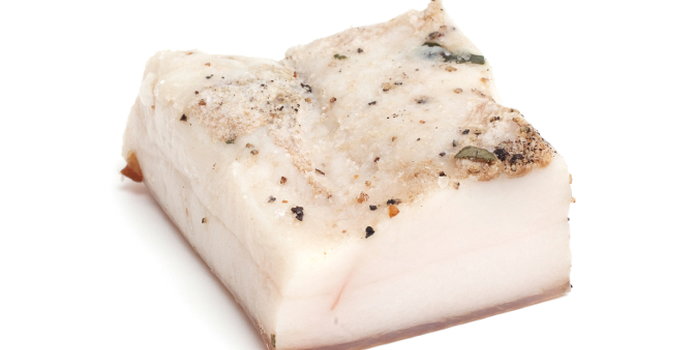If you're someone who tends to stick to the most common products in your local supermarket, you might not know a whole lot about items like beef suet. As the area of nutrition or food science becomes more a part of our lives, diet and nutrition experts are looking at all kinds of obscure and traditional foods to evaluate the best resources for a healthy modern diet. Not a lot of people would say that eating beef suet is healthy, but for some individuals who simply need high calorie foods, this rustic English ingredient could fit the bill.
What Is Beef Suet?
Beef suet is a kind of animal fat, particularly, the hard fat around the kidney of the animal. Beef suet from calves and steers is an element in classic English cooking, especially in the "puddings" that the island nation is famous for. Steak and kidney pudding and Christmas pudding recipes use beef suet, and the traditional Yorkshire pudding includes this stuff as well.
Nutrition of Beef Suet
Looking closer into the details of what beef suet contains, it doesn't seem like this raw fat is a diet food or really part of a well-considered menu for most modern citizens. With a staggering 900+ calories per 100 grams, beef suet is one of those items that rivals the Big Mac or Whopper for a dangerously high caloric value. There's not a lot of other stuff in beef suet, either, other than 1.5 grams of protein. But, that shouldn't be a huge surprise - after all, beef suet is fat. Although historically, products like beef suet helped calorie-deprived people stay alive, it's the kind of thing that most of us are looking to cut out of our diets. Still, it's interesting to know about what the body does with this natural food.
Other Uses of Beef Suet
People who look back at historic uses of this natural food product can see that beef suet is not just for cooking. In older times, it was commonly used to make candles for a valuable source of light before modern science turned the world into a more brilliant place. Beef suet is still useful for bird feed, shoe polish and various other things, but chances are you won't see it marketed this way at your local American marketplace.
Cooking with Beef Suet
As noted, beef suet is not a health food. Still, some who are relatively conscientious about what they eat still use this stuff in small amounts for various exotic recipes including Japanese dishes. Lots of people who are into "natural food" diets will use beef suet and other raw ingredients instead of chowing down on prepared restaurant entrees and the "middle of the store" processed foods that have a long shelf life (and are usually chock full of preservatives). There's some amount of blogging around a moderate use of beef suet, i.e. buying it at a local butcher shop, storing it safely in small pieces, and using it sparingly in authentic recipes. This kind of cooking doesn't have to be extremely unhealthy, and with the right amount of moderation, beef suet can be a part of a well-balanced diet for many people. The trick is to know what's in the stuff, and avoid using too much of it in your diet.
Learning about natural products like beef suet helps shoppers to find more alternate ways to create a good menu without turning to overly processed foods, where reading nutritional labels becomes a real challenge.



